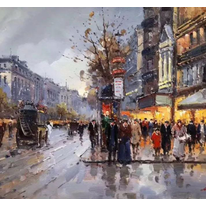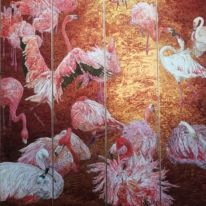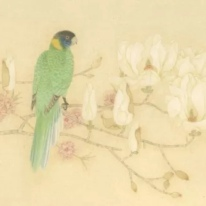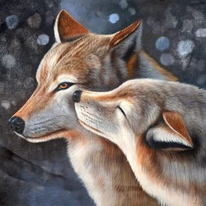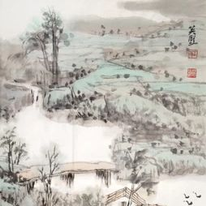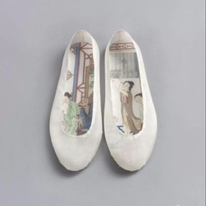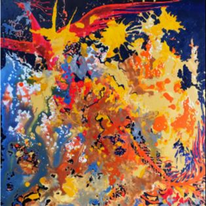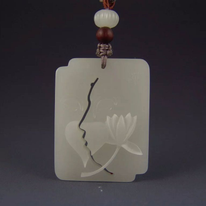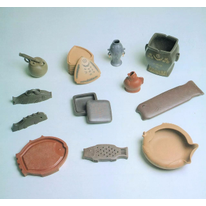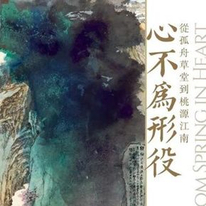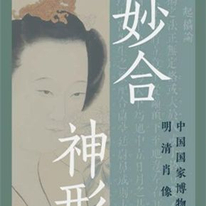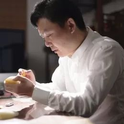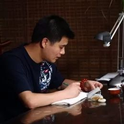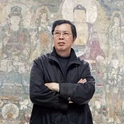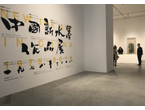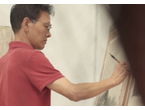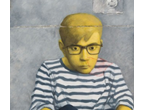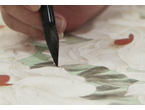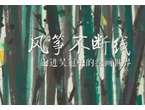赞
相关文章
- 2013-10-07 15:34:50Fascinating World in Colors: Colored Freehand Brushwor
- 2013-10-07 15:33:04Cheerful Redness and Bright Greenness The Color Free
- 2013-10-07 15:26:52Wang Qingzhou: Changes Mean Vividness
- 2012-12-14 23:20:14Sound in Color, the Achievement of Wang Qingzhou
- 2012-12-14 23:10:36Impression on Wang Qingzhou
作品推荐
展览推荐
拍卖预展
- 2022年春季艺术品拍卖会
- 安徽省艺观拍卖有限公司
- 预展时间:2030年12月31日
- 预展地点:安徽省芜湖市萧瀚美
- 北京盈昌当代书画专场(十
- 北京盈昌国际拍卖有限公司
- 预展时间:2022年3月21日-30日
- 预展地点:北京盈昌网拍
- 北京盈昌当代书画专场拍卖
- 北京盈昌国际拍卖有限公司
- 预展时间:2022年3月21日-27日
- 预展地点:北京盈昌网拍
官网推荐
拍卖指数
每日最新
- [新闻] 展讯 | 盛况归来!扎根人民60年——湖北省美术院艺术&文献汇报展如约呈现
- [拍卖] 深圳文化产权交易所 | 托管易业务集萃共赏 第十一期
- [画廊] 左正尧洛杉矶个展“ 隐匿的回声”正在展出
- [展览] 现场 | “致春兰·闫平艺术展” 一场以“兰”为引、贯通中西美学的艺术对话
- [观点] 雅昌专栏 | 张辉:宋元明清交椅的演变及权力象征 ———《图像中国家具史》㊵
每周热点
- 1 艺术品消费“吃快餐”,远离了傲慢还
- 2 守护诚信 致力传承,雅昌鉴证备案以领
- 3 央视3·15曝光疯狂的翡翠直播间:古玩
- 4 张大千剧迹《仿王希孟千里江山图》睽
- 5 “写实主义与超现实主义的对话--孙家
- 6 佳士得纽约亚洲艺术周 | 重要大理国铜
- 7 Poly-Online丨“春意”上线——中国
- 8 XR技术与艺术创作融合的元宇宙虚拟
- 9 专稿 | 是什么成就了加埃塔诺·佩谢
- 10 艺术号·专栏 | 陈履生:画中的少数
排行榜
论坛/博客热点
- 展台上的瓷塑 千军万马战犹酣
- 以藏养藏做再好 终究不如实力雄厚的真玩家?
- 古人烧瓷有讲究 入窑前以煤油遮面以防被偷窥
- 吴伟平:艺术创作,开启了一场没有陪伴的旅
- 杜洪毅:艺术圈里的文字游戏 当代艺术看不懂
推荐视频
业务合作: 010-80451148 bjb@artron.net 责任编辑: 程立雪010-80451148
